Introduction
Card games are always random. No matter how much you try, things like draw RNG can’t be helped. Traditional, paper card games didn’t have as much randomness, because it was much harder to introduce. Let’s take MTG and a card like Avenging Wrath. Just imagine – having to roll a dice (which number of sides depends on the number of viable targets) for each hit. Or even worse – how would you handle a card like Unstable Portal? Simple answer – you wouldn’t. That’s why no such cards were introduced, it simply made no sense.
When card games have become video games, it made everything so much easier. Now you don’t have to roll the dice. You can put tokens from outside of the game any time you want. You aren’t limited by any physical aspects or the time, because things appear in the virtual space and computer calculates everything for you. So what can you do with this new, admittedly cool power? Well, some games have tried to stay away from it as much as possible and only use it when it would actually benefit the gameplay. While others have tried to embrace it and make hundreds of RNG rolls in every match a feature. You can guess where the Hearthstone belongs.
But, I’m not writing it to talk about things we all know. I want to look at the latest expansion – Journey to Un’Goro – and see whether the game is heading in the right direction. For me, the latest expansion has been amazing. Each class (besides 1, sorry Gul’dan) has at least one, but often multiple viable decks, the meta is pretty balanced, even the best decks can be teched against and countered, a lot of the new cards and archetypes are fun to play around with. But what about RNG? Has it improved?
Good/Bad RNG
I know that some people will argue that there is no such a thing as good RNG. But I beg to differ. Moderate amount of good RNG is really good for the game. It makes each game feel more unique, more fun, but it doesn’t create as many situations in which one player loses simply because he was screwed by the randomness. It’s good when players have at least some control over the outcomes and can influence them by playing in the right way. So, what makes the RNG “good”?
The number of outcomes can’t be too high. A card with too many possible outcomes makes it impossible to predict and play around. Let’s imagine two cards – one that fetches Mage a random Secret and the other one that fetches Mage a random spell. The first one would be a much better kind of RNG than the second one. The pool of Secrets is significantly smaller than the pool of “all spells”. In the current Standard rotation, it’s 8 vs 32. When your opponent plays a random Secret, you have some clue about what can it be. You can approach it methodically and try to play around as much as possible, especially since multiple Secrets have similar procs (like Counterspell and Mana Bind, Potion of Polymorph and Mirror Entity or Vaporize and Ice Barrier). But if your opponent gets a random spell, you can’t play around everything. You have no clue whether it’s a value card, removal, burn, AoE, Secret or maybe an useless card like Shatter.
The variance between the best and the worst outcome can’t be too high. So called “high rolls” and “low rolls” are simply bad. Low number of outcomes is not enough by itself. Another reason why the card that fetches a random Secret would be pretty balanced RNG is because the difference between outcomes wouldn’t be astonishing. Yes, there are some worse and better Secrets, but you never get a card that basically wins you the game and you never get something that’s completely useless. Now imagine a card that had only 2 outcomes. 1 mana 1/1 where one outcome is “give this minion +3/+3” and the other is “don’t do anything”. Even though the card would be predictable and balanced on average (it’s a 1 mana 2/2 on average), it would be a terrible RNG card. The difference between high roll and the low roll would be insane. High roll could often snowball the game and low roll could lose the game. Pre-nerf Tuskarr Totemic is an example of a bad RNG card. Right now, it can only summon the 4 Hero Power totems. But before, it could summon any Totem in the game. At some point it had 1 in 7 or 1 in 8 chance to summon a Totem Golem. The difference between summoning a 1/1 and 3/4 is insane. There were some other good outcomes like Flametongue Totem or Mana Tide Totem, which made the card basically a 50/50 “high roll and snowball the game or low roll and play a very weak minion”.
You should be able to influence the RNG through your decision making. Some RNG cards you just play and pray that you will get the best outcome. But there are other RNG cards where you can actually do something to influence the outcome. Let’s say a bad RNG card like Piloted Shredder. The only decision that can be made is whether to pop it or not, but let’s be fair – when you faced an aggressive deck, there was no way you could just let that Shredder stay on the board and punch you for 4 every turn. So, you have to pop it and then… there is nothing you can do about the outcome. You get like 120 different possibilities and the game rolls one of them. That’s it. But, there is another kind of RNG, something that players do have a way to influence. For that, I always like to give an example of Sylvanas Windrunner. The card is clearly an RNG card – you can steal something good, you can steal something bad. But the card was never completely random. First, it was always up to you to pick the best board to play Sylvanas on. If your opponent had a bunch of small minions, the chance was that you’re going to get one of them. But if your opponent had two big guys, well, now the odds are in your favor. Then, the other player can also (most of the time) play around her effect in some way. If he was smart, he could have kept a way to counter her completely (like Silence) or at least a way to flood the board with small minions. Good player was thinking ahead and had the plan to deal with her, bad player didn’t and bad player had a significantly higher chance to get punished in that scenario.
So, we know what kind of RNG is good and what kind of RNG is bad. But where does it lead us? How does the RNG in Un’Goro look like? But first, before analysing the cards from latest expansion, let me touch another subject for a brief moment…
Discover
Discover was a mechanic introduced in League of Explorers adventure. Most of the time it’s RNG, but instead of computer deciding the outcome for you, instead you get 3 options and you can pick one yourself. With time, Blizzard has decided to use it more and more. Right now Discover is the most common form of the RNG. And while yes, it’s a bit better than getting something completely random, is it actually a good RNG?
Yes and no. All of the other RNG rules still apply to it. So there can be a good Discover and a bad Discover card. In general, I think that Discover is a better design choice than a complete RNG. It lets at least one party have an influence over the choice. At the same time, the player who FACES a Discover card should also have a little bit of information on what the card was, thanks to the meta knowledge. By analysing your own deck, your opponent’s deck and how the matchup works, you can narrow the list down to the few “best” choices and try to play around them. For example, when Burn Mage plays a Primordial Glyph when I’m playing a Token Druid, I can be pretty sure that my opponent was trying to get either AoE clear or some defensive option like Ice Block, Frost Nova etc. While he might not get any of those options, there is a very high chance that he picked one of them when it was offered.
But it doesn’t mean that Discover is perfect. First of all, the mechanic can’t be too powerful. Discover cards were always flexible. Normally, one of the biggest limitations of deck building is that you simply can’t tech against everything. If you put a lot of AoE clears into your deck, you won’t have enough space to put single target removals. If you put too many cheap spells, you won’t have enough space to run the expensive ones. A good Discover cards negates those limitations. Let’s get back to the Primordial Glyph I was talking about – you can just put 2 copies of Primordial Glyph into your deck and most likely it will fill the gaps that you couldn’t fill in the deck building at no cost. The only downside is a chance to get three bad choices, but it rarely happens.
And the problem is that if Discover effects become too prevalent, we will have to face a bunch of completely flexible and well-rounded decks on the ladder. One of the worst feelings in Hearthstone is playing against someone who has answers to everything you do. Each deck HAS to have some weaknesses, some gaps, something you can fit that small dagger blade through to bleed your opponent out. With enough luck, Discover cards can fit each of those gaps and that’s just… bad. I think that Discover is good for the game, but they have to be carefully balanced. Discover cards should be, on average, a bit weaker than the normal cards to compensate for their flexibility OR the Discover outcomes need to not have too big of an impact on the game.
RNG in Un’Goro
So, now that we’ve figured out what kind of RNG is good and what kind of RNG is bad, I’d like to talk about some of the cards from the latest expansion and try to figure out whether they’re good or bad for the game. I won’t list every single RNG card, I’ll ignore those which are completely uninteresting or don’t see any play at all. This is the most controversial part and I know that some of you will disagree with my choices, but I think that I’ll have to live with that.
Good RNG:
- Adapt – Well, that one was hard. I think that Adapt is something in between the good and the bad (and the ugly?). So, first of all – there are only 10 Adapts. The pool is relatively small, so it’s not that hard to play around and know what you can expect. You get to choose one of the three effects, so it even further reduces the RNG. However, Adapt has a pretty high dose of variance. Most of the time you’re looking for one or two specific effects. Sure, you can often still get something that’s “okay”, but most of the time you simply want something specific. E.g. if you have a 1/1 on the board and you face an 8/8 minion. +3 Attack can be good to trade it off easier, but getting that Poisonous Adapt is nuts. Still, most of the time Adapt has some sort of requirement – e.g. you can only Adapt a Beast (Crackling Razormaw), Murlocs (Gentle Megasaur) or Silver Hand Recruits (Lightfused Stegodon), which makes it easier to play around.
- Stonehill Defender / Servant of Kalimos – Those “value” cards with overpriced bodies and a Discover card draw are generally pretty balanced and good RNG. First – with 3 choices you can expect to get something at least decent to pick, same goes for your opponent – he can expect that you’ve picked something good. With 400% offering rate on Class cards, you can also assume that your opponent had a relatively high chance to get one of the class cards, e.g. one of the Taunts in Paladin (there is ~65% chance to get one offered). If you play in a slow matchup, you can assume that he picked some slow, high value card. While it’s still RNG, there are a lot of “assumptions” you can make and rule out a lot of the cards even though the card pool is quite big. Plus the RNG can’t swing the game early. If anything, player who drops one of those loses the tempo, because he has to play a relatively weak body first.
- Hydrologist – One of my favorite cards from the latest expansion. I think it’s a perfect example of a good RNG card. It’s consistent, most of the outcomes are on the similar power level, the RNG is impactful but can rarely win the game by itself and – most importantly – your opponent can also play around it. There are only 5 Paladin Secrets and most of the time you can rule some of them out depending on the board state, the matchup etc. So in the end you usually have to play around 2 maybe 3 Secrets, which isn’t that hard. Card feels fun to play for the player who drops it and the player who plays against it doesn’t feel powerless – his skill-based decisions of how to approach the Secrets matter a lot.
- Free from Amber – The card costs 8 mana immediately, so it’s not like you can drop a huge minion in the early game when your opponent has no way to deal with it. The card is very consistent – there are some slight “high rolls” (e.g. Deathwing, Dragonlord) and “low rolls” (e.g. C’Thun), but since you have 3 options every time you play it, the end result is very similar every time you play it. Most of the time it’s a vanilla big minion on the board and that’s fair. It gives a little bit more flexibility as to what you pick (e.g. you might get a big Taunt if you need Taunt), but at the cost of not getting the minions’ Battlecries.
- Shadow Visions – Even though the card is RNG, it actually REDUCES the natural draw RNG of the game. It also has a proper cost attached – it costs 2 mana to tutor a spell from your deck and you’re not getting that mana back, unlike with the Mage’s equivalent which discounts the spell by 2. Perfect example of a good RNG.
- Explore Un’Goro – It’s a bad RNG card, probably the WORST one in the whole expansion. So why it’s under the “good RNG”? Because it’s clearly not meant to be playable. The card is just bad and meant to be played in fun decks, especially by players with small collections, if you enjoy discovering a random card every turn. You can have fun when playing this deck and your opponent won’t feel like he’s at the constant disadvantage, because you actually have to play one extra mana for each of the cards you pick plus the pool is so wide that getting 3 bad options is very common. That’s how bad RNG cards should look like – people who enjoy those kinds of decks can still play them, but it won’t have any negative impact on the competitive scene.
Bad RNG:
- Tortollan Primalist – This is a terrible RNG card and the worst thing about it is that it is semi-playable. Of course it’s not good, but I’ve seen it on the ladder a few times and the card is just ridiculous. You have two kinds of RNG packed into one card – first the Discover, which isn’t that bad, but then the target RNG. The card has insane variance, insane number of possible outcomes every time you play it and it’s impossible to play around it in any way. If your opponent high rolls, he steals your big minion with Mind Control and plays an extra 5/4 for just 8 mana. If he low rolls, he plays an 8 mana 5/4 that gives your minion Spikeridged Steed buff. I’m really happy that the card doesn’t see common play.
- Elise the Trailblazer – I know that some people will disagree with me here, but I think that Elise is a really bad RNG. It’s a fun card, but it’s irrelevant here. First, it has two kinds of RNG – draw RNG and then the random outcomes of the pack. Timing at which you draw the pack has a huge impact. If the game ends before you draw it, you’ve just played a vanilla 5 mana 5/5. If you draw it right away, when you’re running out of steam, it can win you the game just because you got lucky. Then, what you open in the pack. The variance is insane. You get 5 random cards, from any class, skewed towards the higher rarities, but it’s still tons of possible outcomes. I’ve played around with this card quite a lot and I can say that some of the packs were simply useless. Either a bunch of small minions, useless/situational spells or maybe something that has zero synergy with my deck. On the other hand, some of the packs are simply insane. Playing a long, value game that will likely get to the fatigue and getting ANOTHER Elise from the pack… well, that happens. The card definitely isn’t problematic just because it’s not popular and the games rarely end up getting to the fatigue value war, but in such games whoever gets the better pack outcome often wins.
- Primordial Glyph – One of the most hated cards in the expansion, and for a good reason. The card isn’t broken, the number of outcomes isn’t as bad as in let’s say Unstable Portal, but it’s a perfect example of a bad Discover card I’ve mentioned. It’s a Discover card that can fetch you pretty much any time you want at no cost at all. You pay 2 mana upfront, but the spell’s cost gets reduced by 2, which means that you pay the same amount of mana as if you would put it in the deck (in case of 2+ mana spells), but it can also benefit you, because you can pay a part of the mana cost one turn and then the second part on the next turn. That’s how you can swing the game with Firelands Portal on turn 5. In case of Primordial Glyph, the “bad RNG” part is not even the RNG itself, it’s the card’s power. If you create a flexible RNG card like that, there is no incentive to NOT use it. It’s just packed into every Mage deck and might be for the next 2 years until it rotates out. In this case, the solution wouldn’t be reducing the RNG, but rather nerfing the card a bit. E.g. reducing the mana discount to 1 instead of 2, so you actually have to pay SOMETHING for the effect.
- Lyra the Sunshard – I didn’t rate it too highly before the expansion, but after playing around with it I’ve realized that it’s really strong. But, it’s also a perfect example of a bad RNG card. There are 30 different Priest spells you can get from it in Standard (if I’m counting correctly), but the variance is incredibly high. When you play Lyra, you usually play it with Radiant Elemental and you want it to get you as many cheap spells as possible. That’s where the RNG comes from. If you play Lyra, play your Power Word: Shield and get another cheap spell to continue the cycle, you play it. Then you get another one and another one. With enough luck and good RNG, Lyra can win the game by herself. If you chain 20 cheap spells in a single turn, even if their individual impact wasn’t high, you’ve just gained so much value/tempo/whatever that it’s hard to imagine. On the other hand, if you start Lyra chain with two cheap spells in your hand, you play both and get bad RNG (let’s say you get Shadow Word: Horror and Holy Fire), well, then your insane Lyra turn is over and she simply dies next turn. Considering that you often have to build a deck around her and she’s one of the win conditions (e.g. in Miracle Priest), the variance is simply too damn high.
- The Caverns Below – But why is this card here? It has no RNG at all! Well, yes and no. Rogue’s Quest has no RNG by itself, but it’s incredibly susceptible to the draw RNG. With a nuts hand, you can finish the Quest around turn 2 or 3, then play it with Preparation and basically win the game in that spot. Your opponent simply can’t do anything about it. And then, with bad RNG, you can struggle and struggle and finish the Quest only around turn 7 or 8, when it’s already too late, because your opponent has a full board and you die. Cards (or archetypes) should be designed with the draw RNG in mind – making one that can beat everything with the right draws and loses to everything if the draws are poor might not be the best idea. Draw RNG will always be a problem and there’s nothing we can do about it, but let’s not make it even worse.
- Fire Plume’s Heart – The Quest itself is not a bad RNG, but the reward definitely is. Ragnaros the Firelord was always a problematic card, because the difference between low rolls and high rolls was often insane. People were often deciding the whole game by a simple coin flip and it has lead to a lot of frustrating moments. And that’s the main problem – Taunt Warrior ends up with those coin flips every turn after he finishes the Quest. While the amount of possible outcomes isn’t high and the RNG can be played around to some extent, the variance is simply too high. For example, if your opponent has a big minion on the board and is at 30 health. You really, really want that Hero Power to hit the minion. That 50/50 roll can decide the game. Another example – I was playing Control Paladin a lot last season, having multiple matchups against Taunt Warrior. I remember one scenario when I had Ragnaros, Lightlord on the board for like 7 turns in a row, Warrior often had 50/50 to kill it and it never hit it. If that Lightlord would die right away, I would have no chance to win the game, and yet I won because Warrior has lost some coin flips. While this RNG doesn’t impact most of the matchups (Taunt Warrior vs Aggro or Midrange rarely uses the new Hero Power), but any slow matchup vs Taunt Warrior is a really terrible experience. For both sides.
Closing
As we can see, Journey to Un’Goro has a fair share of both Good RNG and Bad RNG. While it’s a huge improvement over let’s say Goblins vs Gnomes or One Night in Karazhan, it’s still far from perfect. I think that Blizzard is actually trying to not introduce too many cards that are bad RNG and if they do – they’re at least trying to make them unplayable (like in the case of Tortollan Primalist and Explore Un’Goro). Still, the number of RNG cards, especially the Bad RNG cards has to be tuned down.
I think that Un’Goro did a good job with balancing. I don’t remember the meta ever being in such a good state – so diverse, so balanced, with tons of viable decks. And I think that the amount of “Bad RNG” has also improved – Burn/Discover Mage is probably the worst offender, but there are multiple decks in the meta which aren’t impacted by the RNG that much. I think that bad RNG is now focused in the few individual cards that are played only by the specific decks. We don’t have a standout card like Piloted Shredder which is used by the 80% of the meta. But there is still a lot to improve on and I hope that Blizzard will realize that RNG is fun only when it doesn’t lead to a lot of frustration from either side.
If you have any questions or suggestions, feel free to leave them in the comment section below. And if you want to be up to date with my articles, you can follow me on Twitter.
Good luck on the ladder and until next time!



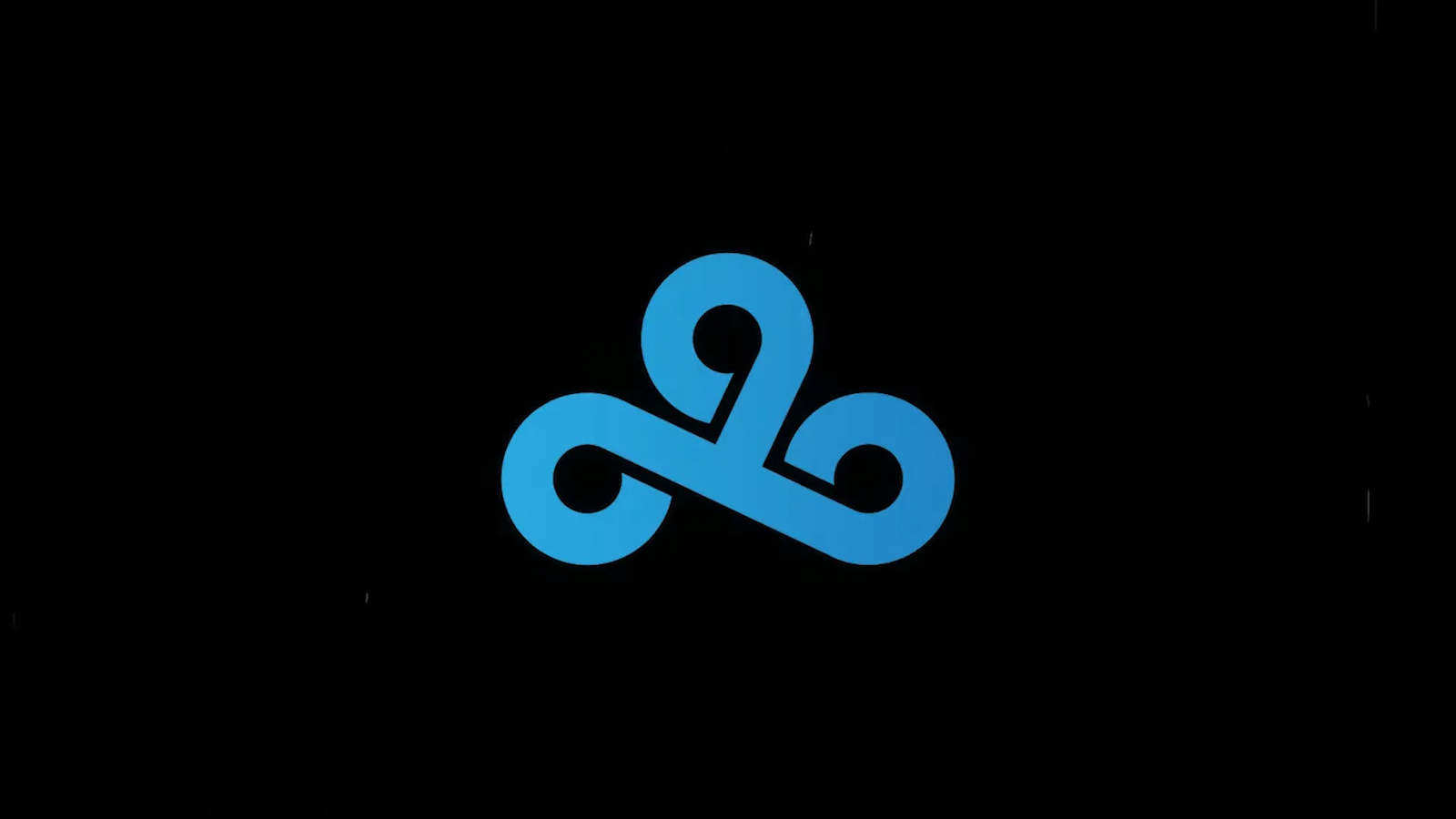

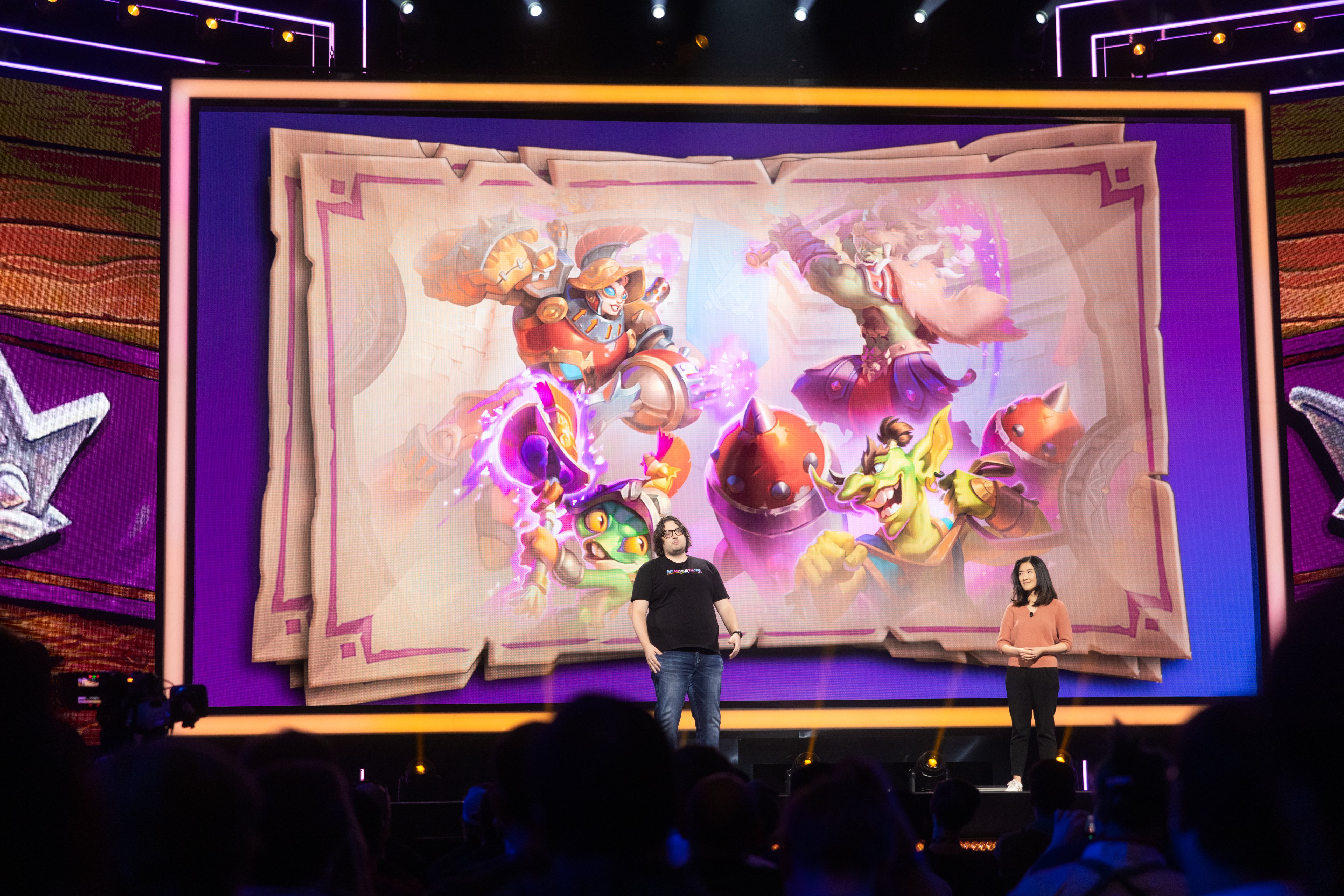
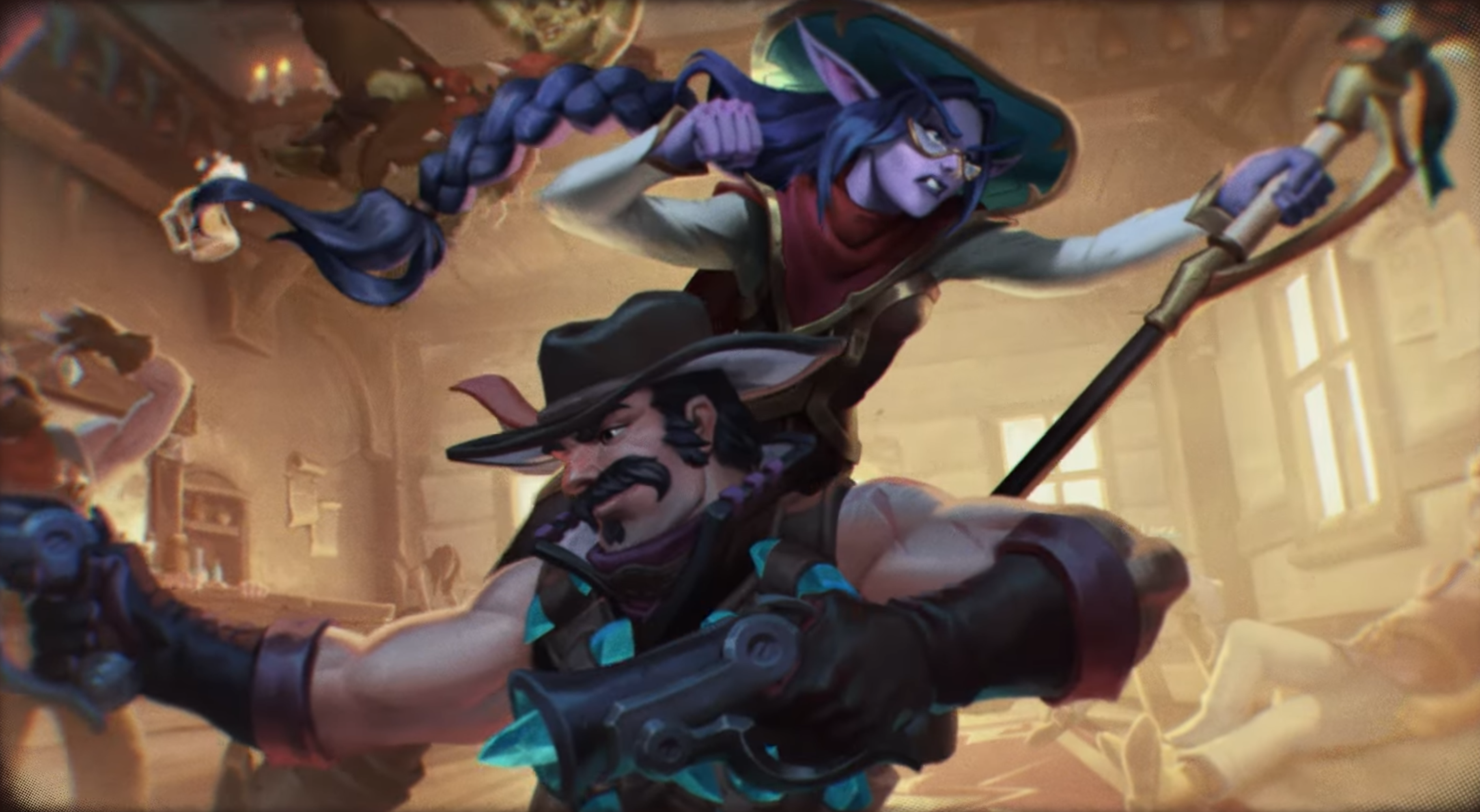
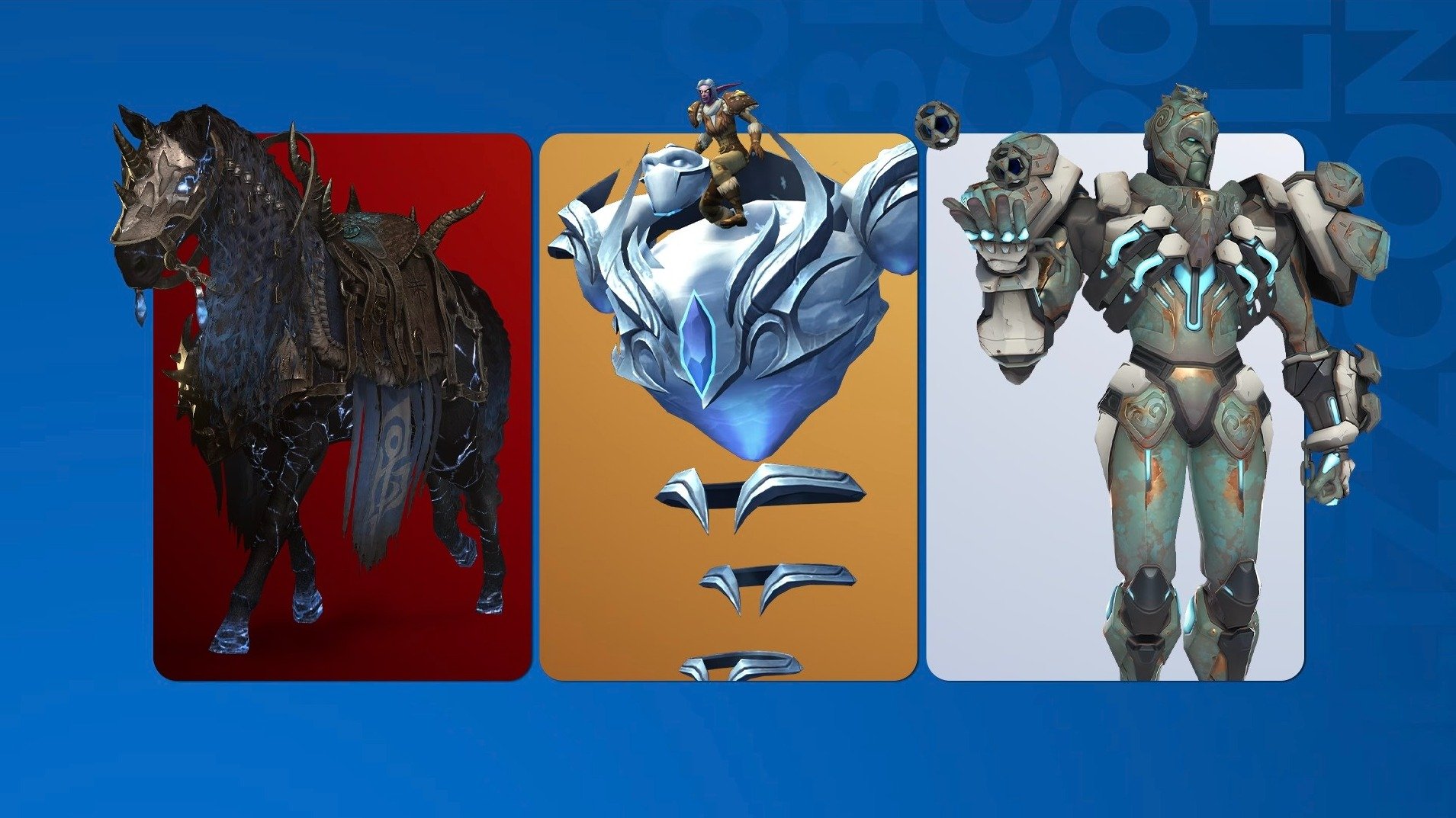
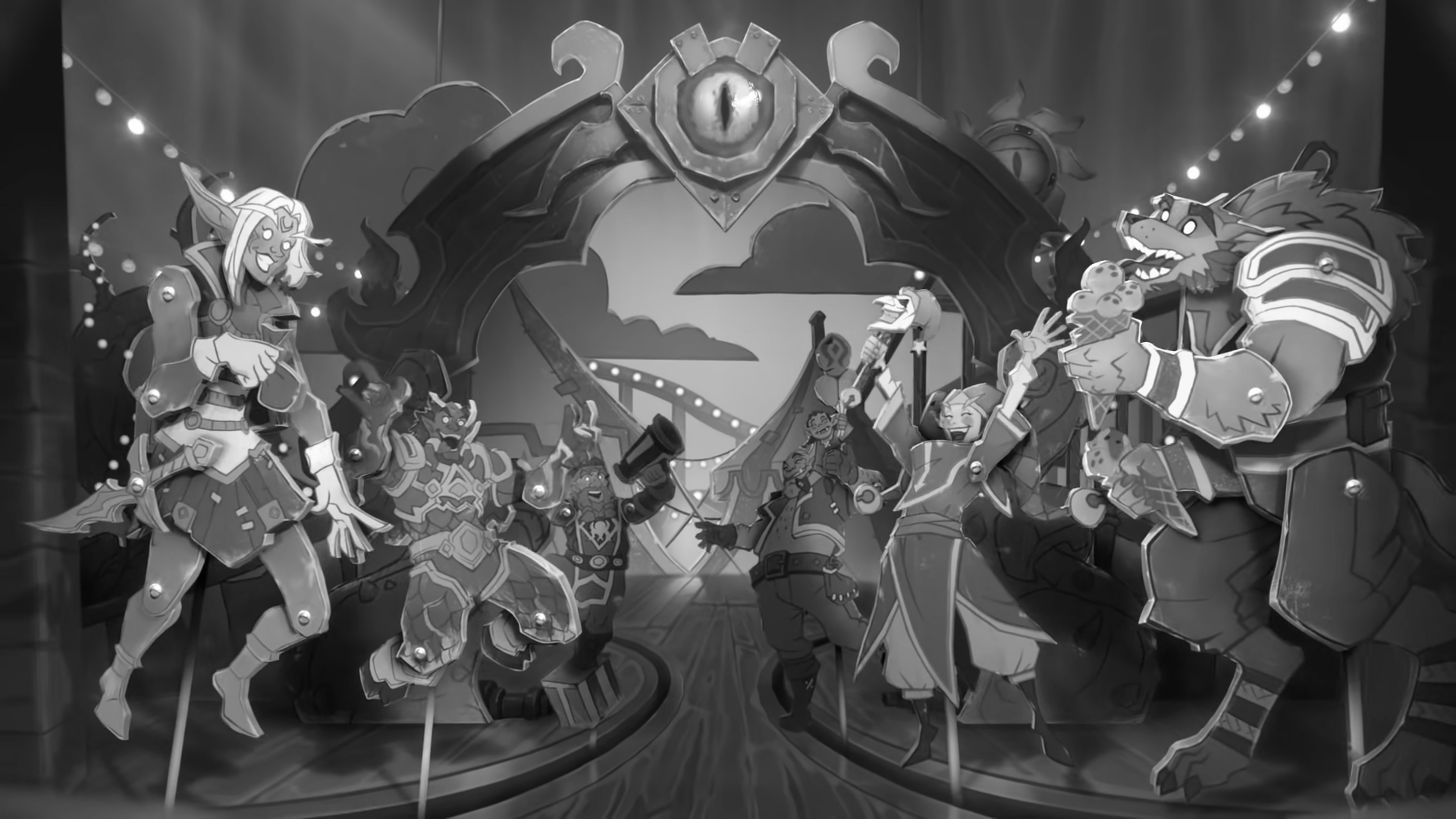
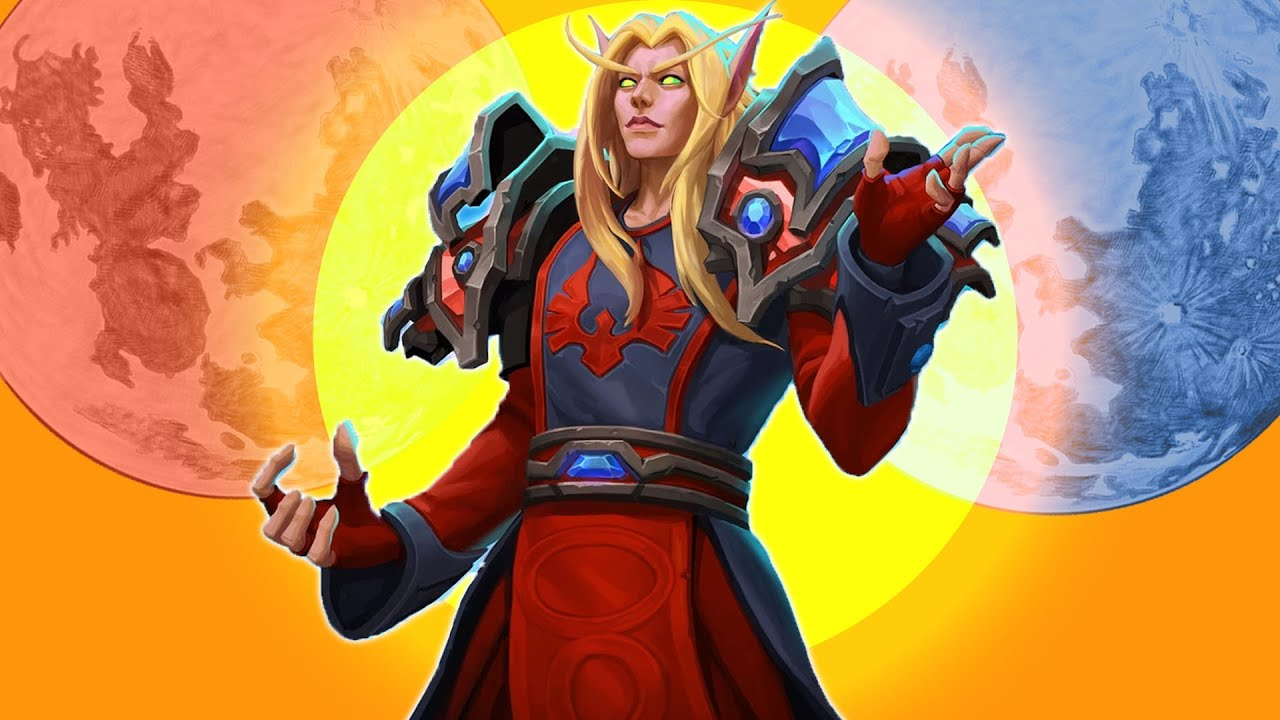
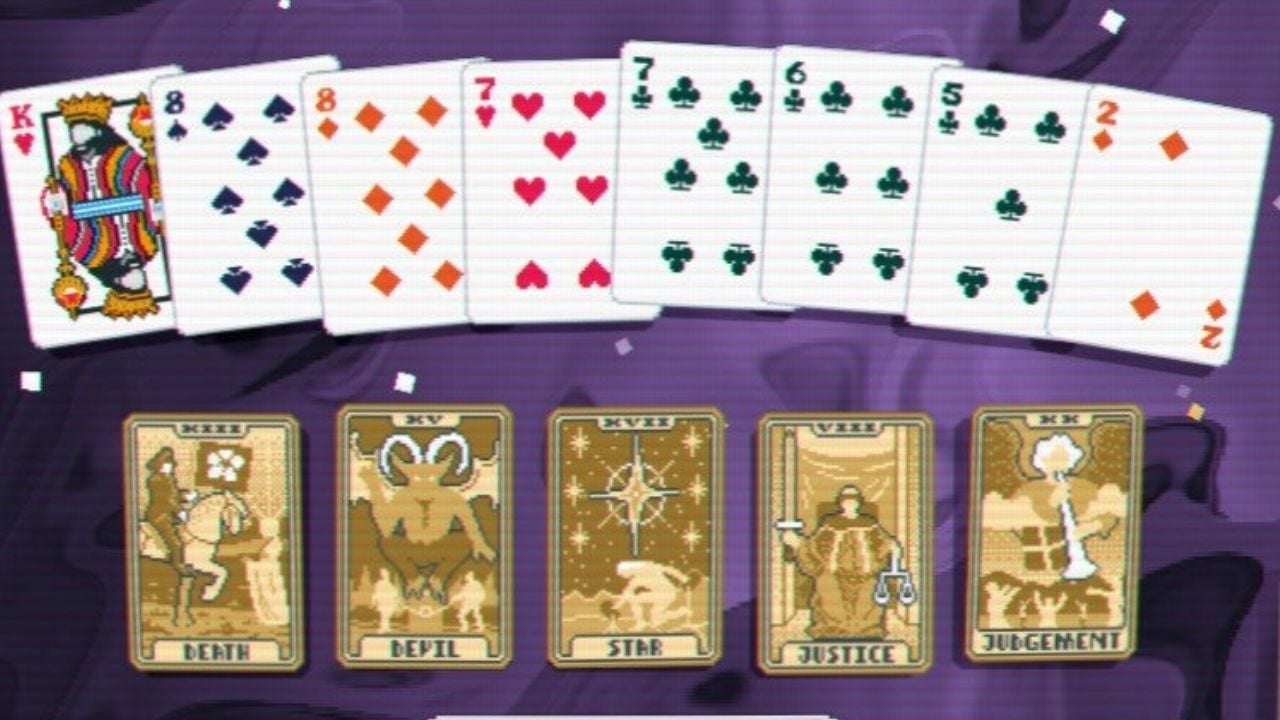
Published: Jun 3, 2017 09:07 am